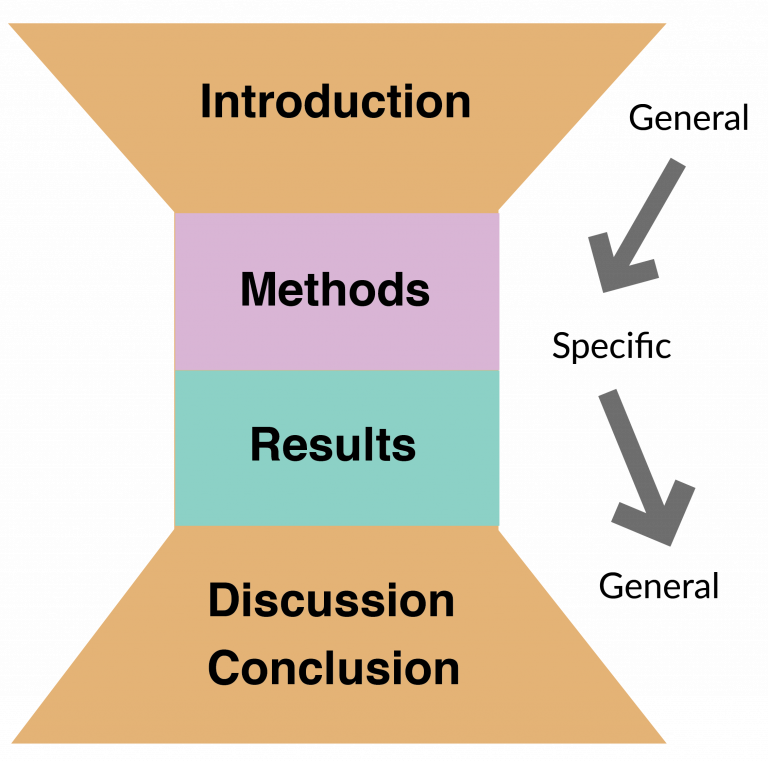Why should you read scholarly psychology research?
Psychological science is a diverse field that focuses on the study of mind and behavior. Through qualitative or quantitative methods, scholarly psychology research supports our understanding of the causation, clinical features, and course of a disorder. Although dense at times, reading psychology research supports the intersection of theory and practice in the field. It is important to become a connoisseur of science and consider how new research can affect real-world practices in the treatment or understanding of mental health.
While this guide primarily provides information to support the reading process of primary, peer-reviewed articles, these strategies may also be applied to other fields or other types of sources. The UVM Writing Center’s Tutor Tips guide for Psychological Sciences provides additional resources to help you find relevant sources, understand the difference between primary and secondary sources, and determine whether a source is peer-reviewed.
What are the typical parts of a journal article?
A research paper’s structure, when considering its focus, can be compared to the shape of an hourglass, beginning with a discussion of the broad idea, narrowing to a specific hypothesis, focusing on the research and analysis, and then broadening to discuss observations and finally, wider implications:

- The introduction describes the broad idea of the project that led to the researchers to create a hypothesis or prediction based on previous findings.
- The methods describe the specifically designed procedures and measures used to test these predictions.
- The results statistically analyze the specific data or observations collected to decide whether they support or refute their predictions.
- Finally, the discussion explores these findings’ implications and describes how they fit into our broader understanding of the problem.
How should you read a journal article?
It may surprise you to know that reading a research article from beginning to end is not recommended! Instead…
- Before diving into the entire article, first, read over the abstract, the last 1-2 sentences of the introduction, and the discussion section to identify the main points of the article.
- Next, it may then be beneficial to skim the entire article, looking at keywords and visuals that point the reader toward the major ideas of the article.
- Words and phrases to look for: surprising, unexpected, in contrast with previous work, we hypothesize that, we propose, we develop, the data suggest that, etc.
- Then, go back and more deeply read the article, taking notes on the most important points and making inferences based on any previous knowledge you have about the topic. Here are important questions to ask as you read each section:
- ABSTRACT (the brief overview of the article)
- What is the problem being investigated? How was it investigated?
- What were the major findings of the study?
- What are the broad theoretical and practical applications of the findings?
- INTRODUCTION (the background information and statement of research hypothesis)
- What specific problem does this research address? Why is it important?
- How does this “fill a gap” in previous research in the field?
- What questions do the researchers hope to answer in this study?
- METHODS (the description of how the study was conducted)
- How were the participants chosen and how many participated in the study?
- In what time period did the study take place (e.g. longitudinal, cross-sectional, pre/post test)?
- How are the variables of interest manipulated or measured (questionnaires, interviews, etc.)? Do these measures reflect the variables of interest and why?
- RESULTS (highlights of the important data of the study including figures, tables, and graphs)
Results are often a very difficult section to read, but they should not be skipped. Often, researchers will begin each section with a review of what their hypothesis predicted in the data. After the data is presented, the researchers will then reiterate their findings in simpler language. Focus on these two points while digesting this section and ask:- What results did the author describe as statistically significant?
- What are the major statistical findings of the study?
- Were the researchers’ original predictions supported by their observations?
- What statistics are described as significant in the written descriptions of their tables and graphs?
- DISCUSSION (interprets the results and describes the implications of the study)
What conclusions can be drawn from the study? Can this new information provide context to the problem under investigation?- Do these results contradict past findings in the field? If yes, how do the researchers explain these differences?
- What strengths and limitations of their study do the researchers describe? Do you see any that the researchers did not identify?
- What are the practical and theoretical implications of the study’s findings?
- ABSTRACT (the brief overview of the article)
- Finally, summarize the key points.
Sources Consulted:
https://www.uvm.edu/~dguber/POLS234/articles/read.htm
https://libguides.library.nd.edu/c.php?g=1260221&p=9236639
https://www.ncbi.nlm.nih.gov/pmc/articles/PMC3687192/pdf/JOMFP-17-65.pdf
https://www.owlnet.rice.edu/~cainproj/courses/HowToReadSciArticle.pdf
Hourglass image credit: Iowa State University